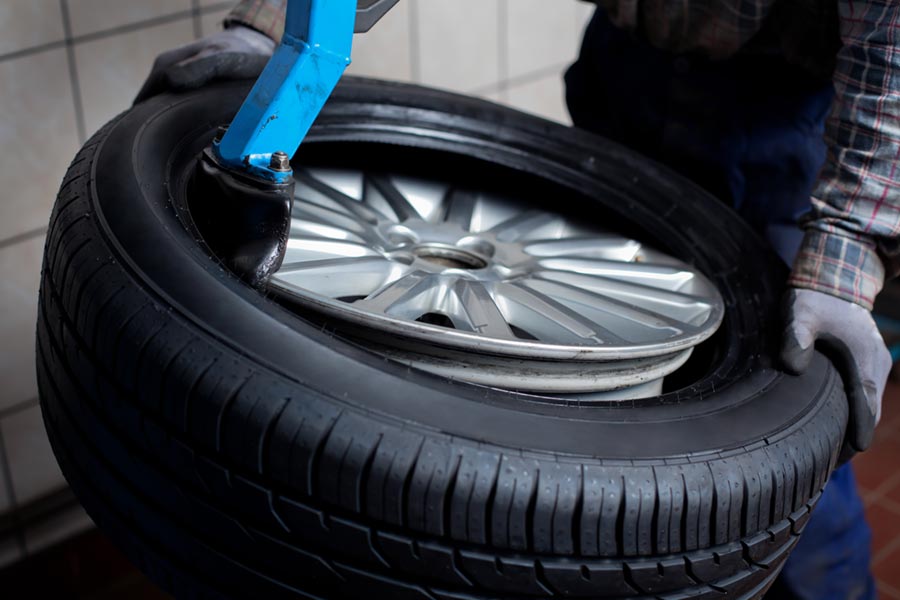When you are looking for a used tire dealer near Andover CT, come to Tire and Brake Clinic. Located in nearby Columbia, we are your source for quality tires for cars and trucks. At Tire and Brake Clinic, we know tires. We would like to remind our friends in eastern Connecticut that the first defense against crashes are properly maintained tires. If you cannot tell whether your tires are in good shape, come down and have us inspect them for you. There are a number of things a car owner must do to prevent the most common cause of tire blowouts.
The National Highway Traffic Safety Administration determined that tires that are underinflated by 25 per cent are three times more likely to be involved in a crash than tires with proper inflation. Underinflated tires may overheat at highway speeds, impair precision handling when turning, or they may split apart while you are driving.
The most common cause of tire blowouts:
- Improper Inflation Levels. Your tires carry the weight of the entire vehicle and your cargo. When the tire pressure is too low, the sides of the tire may flex too much which causes the tire to overheat and split apart. Overinflated tires have poor gripping ability.
- Worn Out Tires. The older the tire, the more susceptible it is to a blowout.
- Punctured Tire. Running over a sharp object along with speed can likely cause a tire to blow out.
- Blunt Force Contact. Hitting a pothole, curb, or any other object, can pop a tire or break the steel belt, potentially damaging the rest of the vehicle as well.
If you experience a blowout while on the road, avoid putting your foot on the brake. The drag from the blown tire will slow you down without applying the brakes. Keep the steering wheel pointed straight until the car has almost stopped, then ease the car gently toward the shoulder.
Prevention:
- Check the tire pressure regularly. Your vehicle owner’s manual, the label inside the driver’s door, or possibly a label inside the gas cap, may list your tire manufacturer’s recommended psi for each vehicle. Manufacturer’s recommended psi for tires may be different for the front tires than the rear tires of a vehicle.
- Rotate your tires every 6,000 to 8,000 miles. This promotes uniform wear, which means consistent performance and longer tire life.
- Examine your treads. To make sure your tires have a tread depth of at least 4/32 inch, stick a quarter, Washington’s head facing down, into one of the tire-tread grooves. If any part of Washington’s head is obscured, you have at least that amount of tread.
- Align your wheels. Improperly aligned wheels can create rapid and uneven wear and steering and tracking problems.

